|
As you walk across Freetown Farm, you may have noticed small houses hanging on the trees and fences. These are called bee houses, but what are they, and why use them? To understand why bee houses are important for our community, you first need to know the differences between solitary and social bees.
Solitary bees dig holes in wood or soil instead of building hives. Bee houses provide homes for solitary bees, who use the houses instead of making their own tunnels. But why should you use bee houses, and why are they at the farm? Unfortunately, native solitary bee populations are on the decline, and could become endangered in the future. Bee houses help these bees find homes. Bee houses also reduce the damage to property as bees will use the houses instead of burrowing into wooden posts and decks. Solitary bees can help your gardens and farms, as they are more efficient pollinators than honeybees, helping you grow more crops, vibrant flowers, and create a healthy environment. If you want to build the same bee houses, this is the design used: The block of wood with the holes is 6 inches long, and each roof block is 7.25 inches long. Each tunnel is around 4 - 5 inches deep. Make sure that the block of wood with the holes is untreated, as bees are more likely to go into that type of wood. There are many ways to hang the bee houses, but the way used at the farm is with key-hole hangers at the back of the bee house.
Make sure to use a low VOC primer and paint on the roofs. VOC stands for volatile organic compound, and the more there is, the more chemical odor there is, which can repel bees. Avoid colors like red or black as bees could perceive these colors as a threat. Blue and purple are good colors to use. The best place to put bee houses is in spots that get sunlight and are near flowers. They should be at least 3-4 feet from the ground. The 35 bee houses at Freetown Farm were built and installed in June 2023 as part of an Eagle Project lead by Krishna Gawandi, a scout in troop 944. Troop 944 is located in Ellicott City, MD and meets at the Bethany United Methodist Church. Good luck making your own bee houses! Krishna Gawandi Do you have solar powered yard lights that don’t work anymore? A Bluetooth speaker or an electric toothbrush that won’t hold a charge? Are you finally ready to part with that musical birthday card, even if it is from your favorite aunt?
What these all have in common is that they rely on batteries of some type. Sometimes they are obvious, and sometimes they are cleverly concealed. And it goes without saying that no battery can last forever. When it comes time to either rejuvenate the device or dispose of it, in all cases it is a good idea to remove the old battery and dispose of it responsibly, as indicated in this chart from the Howard County Bureau of Environmental Services. Note that only alkaline batteries should be disposed of in your household trash! Because all other batteries contain elements that can either be recycled or need to be disposed of as hazardous waste, they should be taken to a recycling center such as the Alpha Ridge Landfill, or one of several local retail establishments, including Home Depot, IKEA, Lowes, My Organic Market (MOMs), REI Columbia and Staples. And if you aren’t sure how to get to your battery, or what you need to replace it, that’s where your friendly neighborhood Repair Café can help! One other important tip: If you have a battery powered device that hasn’t been used in a while, especially with alkaline batteries, it is a good idea to remove the batteries. The damage caused by leaking batteries is one of the most common problems that we see in the Repair Café, and it can be one of the hardest to deal with. Dear Farm Fam, This Fall Justin, our Farm Manager, and I have decided it was time to give cover cropping in our growing spaces an earnest effort. Since we are both new in our farming journeys this was the first time either of us had scaled up cover cropping practices beyond a small garden bed or two and so we are excited for what we learn this year. So what is cover cropping? Great question! Cover cropping is a practice to keep your soil health intact by using plants as a protective layer over your soils. There are many plants that growers choose to act as cover crops but they often share some common characteristics; quick to mature, ability to fix nitrogen into the soil, easy to terminate and fold into your soils, etc. Cool! But why should I cover crop? I’m glad you asked. There are many different reasons folks choose to use cover crops but chief among them is to retain soil and water. Bare soil that is exposed to the elements is more likely to get washed or blown away which negatively impacts both farmers and the environment. As a wonderful farmer once told me, soil and water are like a farmer’s bank account. Cover crops are an investment to increase your bank account and can:
By just getting started! We’ve all felt what it’s like to start a new endeavor without feeling like you have all the information and that can be scary. But as a farmer if you give into that fear you might let your window slip by and never get around to actually growing anything! Now this doesn’t mean that you should throw caution to the wind and start tossing seeds willy nilly; do your research, find a crop that fits your space, tools, and goals, BUT don’t let not being 100% certain stop you from trying something new. If you’re limited by space and machine power like we are at Freetown your best option will likely be crimson clover. It is a nitrogen fixing crop that will feed your soils with nutrients and is easy to terminate (aka mow down) when you are ready to grow again.
If you’re interested in learning more about our cover cropping endeavor at Freetown Farm make sure to stop by during one of our volunteer shifts to chat with Justin or myself and get an update on how things have progressed. Ever Growing, Simon As the new stewards of this historic, 6.4-acre farm on Harriet Tubman Lane in Howard County, Maryland, CEI reached out to those who helped us purchase and protect this land for their thoughts about what to rename it. CEI is committed to understanding and sharing the social and ecological history of this land. THE NAME OF THE FARM The property has been known as Shaw Farm for almost 40 years, named for its prior owner, Mr. David Shaw. We received close to 100 different name suggestions! To honor the important history of this land as well as the ways in which our urban farm will support the journey to a "carbon-free" future, we have, through an iterative process, chosen the name FREETOWN FARM. Our choice of the name Freetown Farm recognizes the important history of the land on which the Community Ecology Institute is putting down roots. We are working to develop programming that tells the story of this land and its historic community. INDIGENOUS LAND HISTORY To begin, we acknowledge that we are on the traditional land of the Piscataway Conoy Tribe as well as the Susquehannock, Algonquian, Lenape, Nanticoke, Powhatan, and Patuxent. In 1634, colonists came to the area via the Ark and Dove ships, and colonization of tribal lands was started by Leonard Calvert, Maryland’s first colonial governor. Conflict began to rise as the colonists continued to encroach on tribal lands, culminating in the first treaty in 1666 to establish the Piscataway reservation. This was followed by subsequent treaties, all of which would be broken in the coming years, resulting in the loss of native homelands. Records show that the plantations of this area used the labor of enslaved people as early as 1690, often for the growing and harvesting of tobacco. Once iron ore was discovered, slave labor was used in mining to support railroads. When asked what role enslaved people played in developing Howard County, Wylene Burch, the founding director of the Howard County Center of African American Culture explained:
After more than 150 years of slavery in Howard County, in 1845 local landowner Nicolas Worthington freed seventeen people he had enslaved and gave them 150 acres of land—an area that became known as Freetown. According to the 1860 Census, more than one in five Howard County residents was an enslaved person; another 10 percent were free black people—double the proportion of the rest of the state. Local historians believe that Freetown and the surrounding community of Simpsonville served as an important stopover point in the Underground Railroad. Ms. Burch noted research that showed the Underground Railroad thrived in the county because it was in “the tight place” as slaves moved north through Maryland via different waterways, such as the Middle Patuxent and Patapsco rivers.[ii] Our farm on Harriet Tubman Lane sits at the intersection of three locations on the Freetown-Simpsonville Legacy Trail known to have been part of the Underground Railroad:[iii]
The farm is located across the street from the Harriet Tubman School, a segregated high school for African American students established in 1948. Howard County Schools did not honor the 1954 Supreme Court Ruling mandating racial integration of schools until 1965. At that time, the Harriet Tubman School was closed after a new, integrated school, Atholton High School, was built next door. The Harriet Tubman School is now being renovated to become a historic, educational, and cultural center for the community. We are excited to pursue programming partnerships with the Harriet Tubman School once their facilities are complete. As that work continues, the Howard County Branch of the NAACP is stewarding a garden plot on the farm that will both help to tell the story of the African American history on this land and address local food justice issues. Freetown Farm is located in Columbia, Maryland—a unique, planned community founded in 1967 by James Rouse, whose commitment to racial integration and openness set an example for the nation. From its inception, Columbia championed integration—across race, class, and faith. The city’s iconic “People Tree” statue embodies this vision of our inter-connectedness. Rouse described Columbia as “a garden for growing people.”[iv] At Freetown Farm we aim to honor the rich legacies in our soil. SourcesPlease click the "Read More" button to view our sources.
|
AuthorSThe Community Ecology Institute co-authors the material on this blog with the support of several team members. Categories
All
Archives
July 2024
|

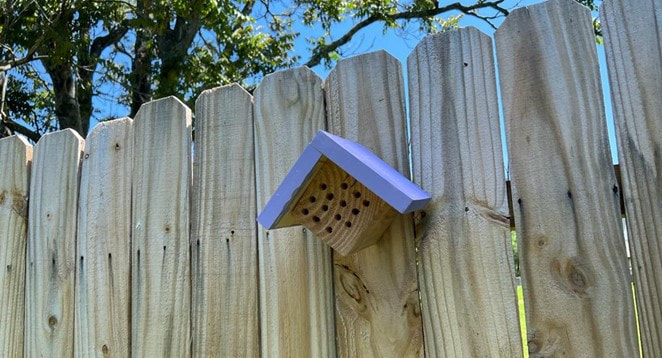
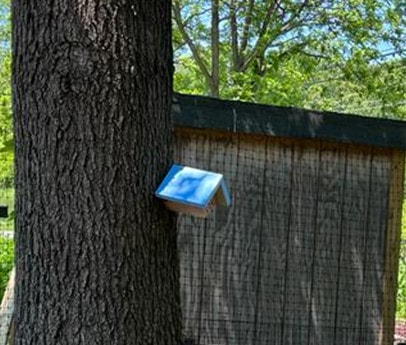
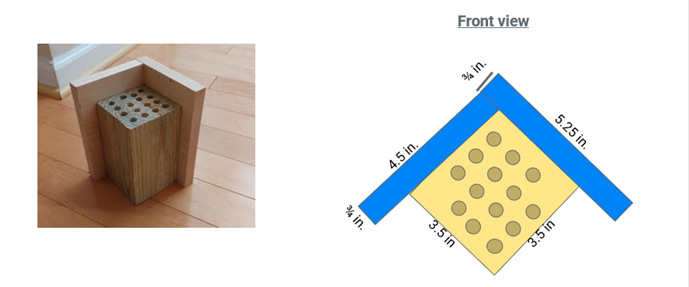
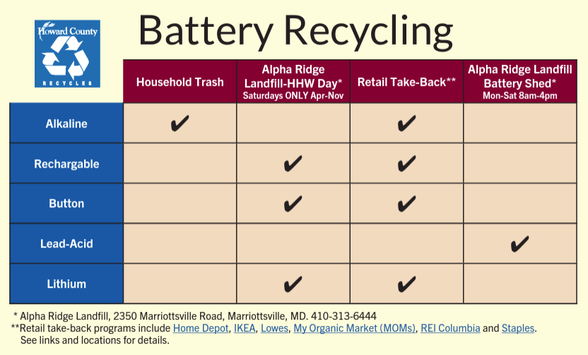
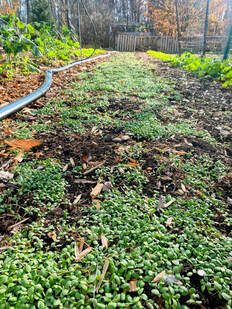
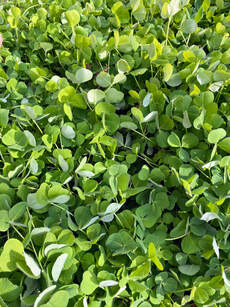
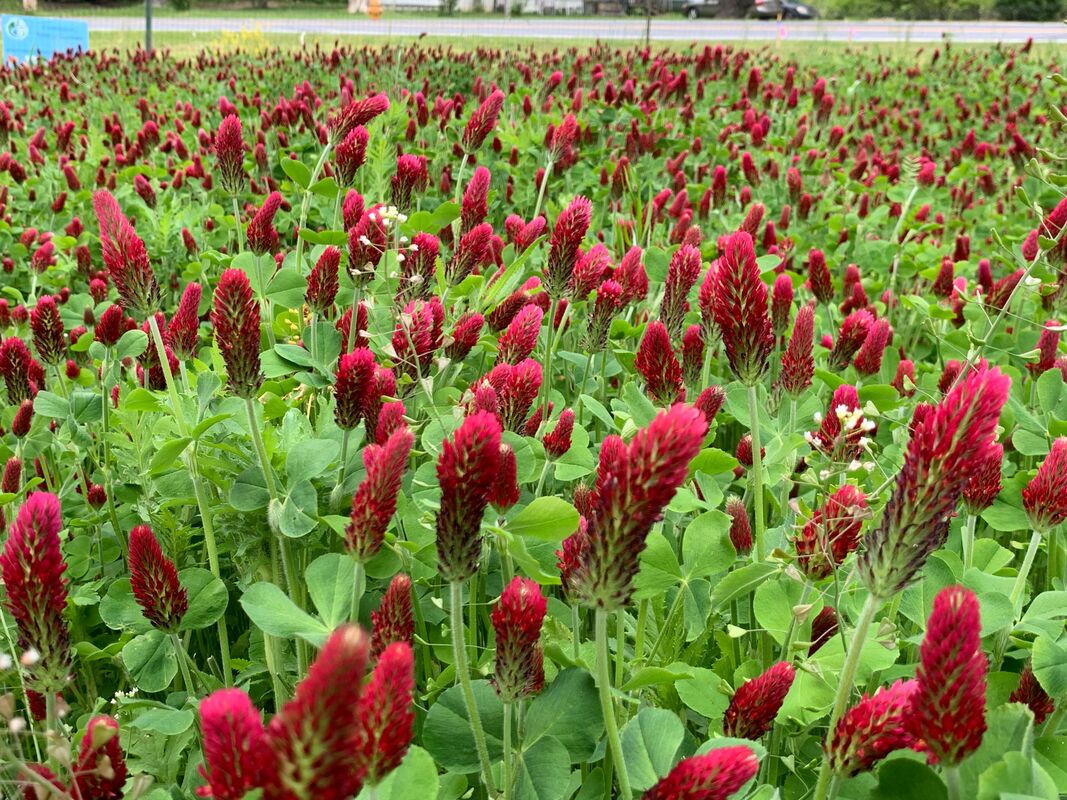
 RSS Feed
RSS Feed
